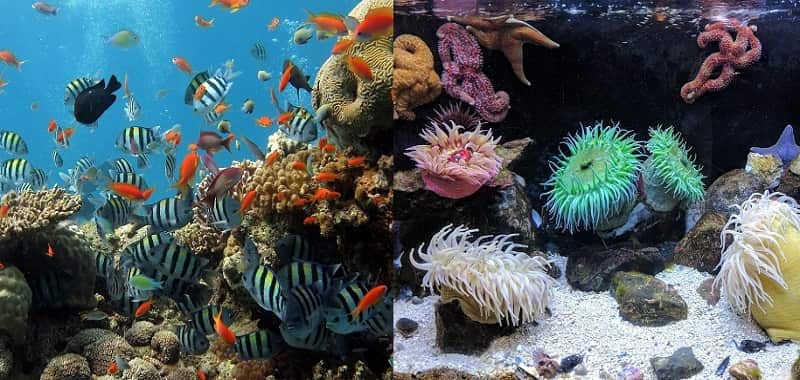The enchanting colorful undersea world is in danger as numerous beautiful colors seen underwater are being faded away with time. Here we are talking about coral reefs, a beautiful and important ecosystem for life underwater. The Coral actually comprises thousands of tiny creatures called polyps, which grow in groups and form reefs over several thousand years. In addition, Coral reefs are also helpful in protecting coastal areas by decreasing the force of waves hitting the coast. The coral reef is considered a hotspot of marine biodiversity, as 25 percent of marine life depends on the coral reef. Also, Coral reefs are considered an important source of medicines, as many new medicines are being developed to treat many fatal diseases.
Australia's Great Barrier Reef is the largest living structure on Earth, containing the world’s largest collection of coral reefs, but the rising ocean temperatures are affecting its natural ecosystem. Many problems can cause Coral Bleaching such as climate change, pollution, and increased ocean temperatures. This causes the algae (zooxanthellae) living inside the tissue of coral polyps to come out, resulting in the food source of the polyps being taken away, causing the coral to turn completely white by losing their vibrant colors. This is called coral bleaching. Coral Bleaching does not kill the corals, but it does endanger the nutrition of corals, making them more likely to die.
Due to coral bleaching, the existence of all these marine organisms will be threatened which will make the ecosystem unbalanced. The destruction of coral reefs would affect 25 percent of marine life, such as affecting the fish industry, damaging the coastal areas, and suffering more storms, and cyclones, but there is still hope for the conservation of the coral reef. For this, we have to reduce the use of fossil fuels, only then these underwater forests of the sea will be able to survive.














0 comments:
Post a Comment